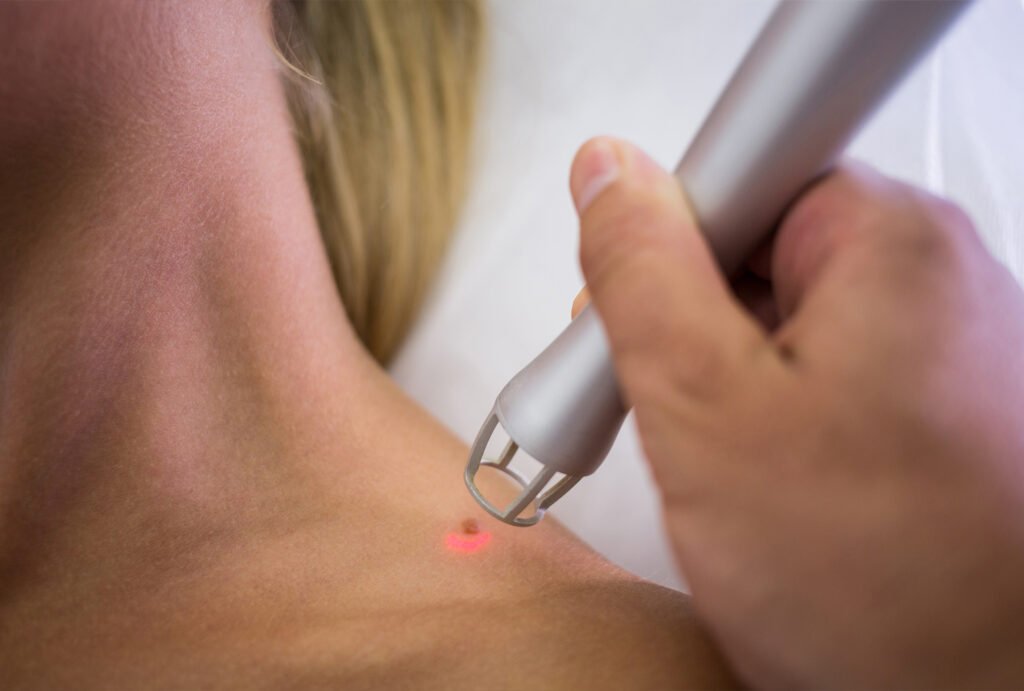
Mole Removal
Safe & Scar-Minimizing Mole Removal at Varsity Clinic
Moles, medically known as melanocytic nevi, are common skin growths that can appear anywhere on the body. While most are harmless, some may be cosmetically unappealing, cause discomfort due to friction, or show signs of irregularity that require medical evaluation. At Varsity Clinic, we offer expert mole removal through advanced dermatosurgical techniques that prioritize safety, minimal scarring, and aesthetic precision.
From Acne to Anti-Aging – We’ve Got You Covered Trusted by Thousands
Mole Removal Techniques at Varsity Skin Wellness
At Varsity Clinic, every mole is assessed clinically and, if required, via dermoscopic examination. Based on its depth, size, and location, we use the most appropriate removal technique:
- Radiofrequency ablation – for superficial moles
- Excision with suturing – for deeper or large moles
- Laser mole removal – for flat pigmented moles without malignancy risk
- Shave excision – for raised moles on visible areas like face, arms, or neck
- Biopsy and histopathology, if any suspicious features are noted
All procedures are done under local anaesthesia and typically take 20–30 minutes. Stitches, if placed, are removed in 5–7 days.
Expert Dermatosurgical Care
Mole removal procedures at Varsity Clinic are conducted by Dr. Pranjal Joshi (MBBS, MD Dermatology, FIADVL – Dermatosurgery, FACSI – Lasers), a nationally and internationally trained Dermatosurgeon with over 11 years of experience. Trained at top institutions in Rome, Singapore, and Austria, Dr. Joshi is known for his precise excision techniques and aesthetic closure, ensuring minimal scarring and excellent cosmetic outcomes.
Why Remove a Mole?
Patients opt for mole removal for both medical and cosmetic reasons. These include:
- Unusual growth, asymmetry, or change in color
- Constant irritation from clothing or shaving
- Cosmetic enhancement (especially facial moles)
- Risk of malignancy (very rare but needs evaluation)
Any mole that suddenly changes in size, bleeds, or becomes itchy should be examined by a qualified dermatologist before removal.
Healing & Aftercare
Most patients resume normal activities immediately post-procedure. Mild redness or scabbing is expected and resolves within a week. Post-operative care includes:
- Keeping the area clean and dry
- Use of prescribed topical ointments
- Sun protection on exposed areas to prevent pigmentation


